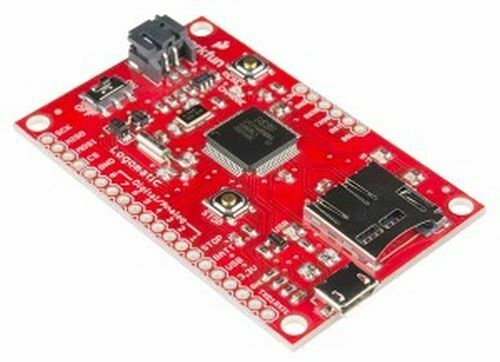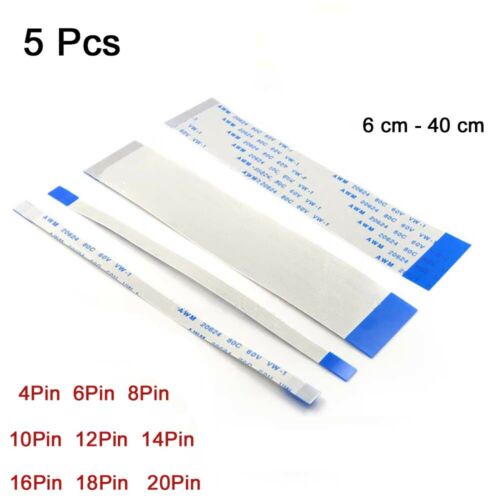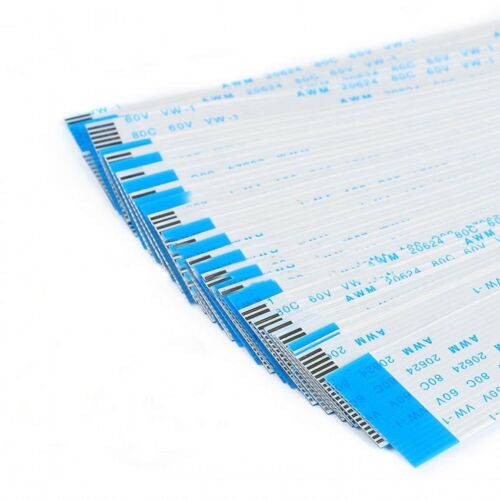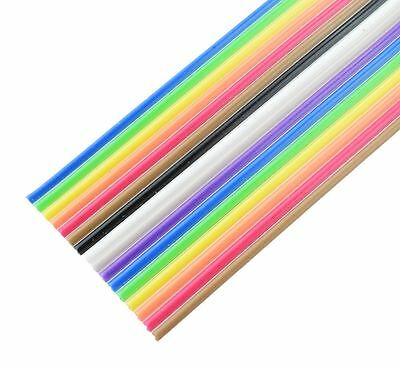-40%
Logomatic v2 Serial SD Datalogger
$ 21.62
- Description
- Size Guide
Description
Logomatic v2 Serial SD DataloggerWIG-12772
The Logomatic Version 2 board incorporates the LPC2148 ARM7 core based microcontroller with USB, battery charging, and microSD support. The board comes pre-loaded with a USB bootloader for even easier and faster modification of the firmware. No programmer required!
This is an updated version of the Logomatic v2 which adds SDHC support for microSD cards larger than 2GB. Also, the USB connection is now micro-USB; the original Logomatic v2 used mini-USB.
The Logomatic v2 uses a USB mass storage stack to appear under any operating system as a flash drive. Logs are created in FAT32 format on the microSD media and can be downloaded quickly over a USB connection by dragging and dropping the text files from the device. The microSD card can also be removed and inserted into a card reader to download the logs.
The board comes with a JST connector to be powered from any of these
LiPo Batteries
or other power sources up to
7.5V DC
(a barrel jack adapter is available in the options below). If you choose to use LiPo batteries, the Logomatic v2 has a built-in charger to charge batteries via USB.
The Logomatic v2 ships with basic serial text and analog logging. You can start with this firmware, or modify it for your specific requirements. It's truly a flexible logger.
Serial Datalogger Features
LPC2148 ARM7 CPU
512K user Flash
10 available GPIO pins (through-hole pads)
Built-in RTC
2 Status LEDs
USB Link LED
External interrupt
microSD socket
Compatible with most SDHC Flash media
Built-in MCP73831 USB charger (300mA max)
Built-in USB mass storage device bootloader (copy compiled code, built as
FW.SFE
, to the board's SD card via USB, then unplug USB to load the new code)
Dimensions: 1.5 × 2.4 inches
Note:
Your microSD card must be formatted with the FAT32 file system. In Windows XP, you can right-click on the card's drive letter and select
Format
, then open the
File system
menu in the dialog to select
FAT32
. In you must open a command prompt (click the Start button and type
cmd
in the search box, then start
cmd.exe
), and type where
X
is the SD card's drive letter — note however that this command only supports cards up to 32GB. For larger cards, you'll need a third-party formatting tool.
Windows 7,
format
X
: /fs:FAT32









